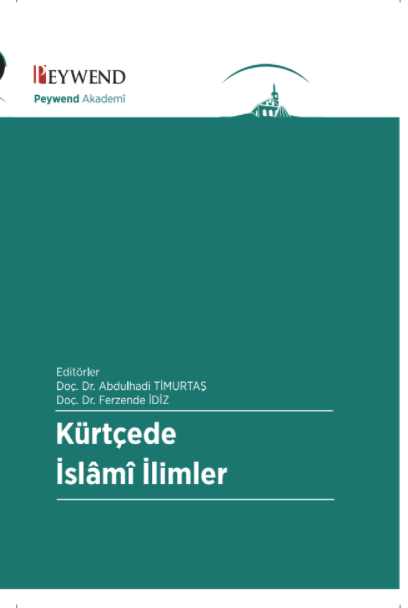
Kürtçe'de İslâmî İlimler
Aufgrund der geografischen Lage, in der sie leben, und der Nähe zu der Region, aus der das Licht des Islam stammt, gehören die Kurden zu den ersten Nationen, die vom Licht dieses Lichts profitieren. Die zur Verbreitung des Islam initiierten Eroberungsbewegungen wurden vom zweiten Kalifen Hz. durchgeführt. Die Kurden, die während der Ömer-Zeit in wichtigen Städten und Regionen wie Mesopotamien, Hakkari, Diyaribekir, Serhat, Mosul, Şehrezür, Bitlis, Erzurum, Elazığ, Malatya und Semsur lebten, akzeptierten den Islam und wurden zu einem wichtigen Element der Ummah. Kurden haben im Laufe der Geschichte große Beiträge zur islamischen Wissenschaft, Politik und Kultur geleistet.
Kurdische Gelehrte übersetzten die Bedeutung des Korans, um den Religionsunterricht in allen Schichten des Volkes zu verbreiten, und verfassten Werke über Tafsir, Hadith, Akaid, Fiqh, Sirah, Moral, Mystik, Tecvit und andere islamische Wissenschaften. Diese Werke verbreiteten sich unter allen Menschen, insbesondere in den Madrasa-Kreisen, die als Hasbi in den Regionen, in denen die Kurden lebten, weiterhin existierten.
Die ersten auf Kurdisch verfassten Werke über islamische Wissenschaften erschienen als Werke von Scheich Ehmedê Xanî, der im 17. Jahrhundert lebte. Später, im späten 17. Jahrhundert, trat Molla Halîl es-Siirdî mit seinem Werk Nehcu'l-Enam in den Vordergrund, und nach dem 18. Jahrhundert wurden politische, zyklische, soziale usw. Aufgrund dieser Faktoren gewannen kurdische Texte zu islamischen Wissenschaften an Bedeutung.
| Yayınevi | : | Peywend Yayınları |
| Sayfa Sayısı | : | 487 |
| Basım Yılı | : | 2021 |
| ISBN | : | 9786050645187 |
| Dil | : | Türkçe |


